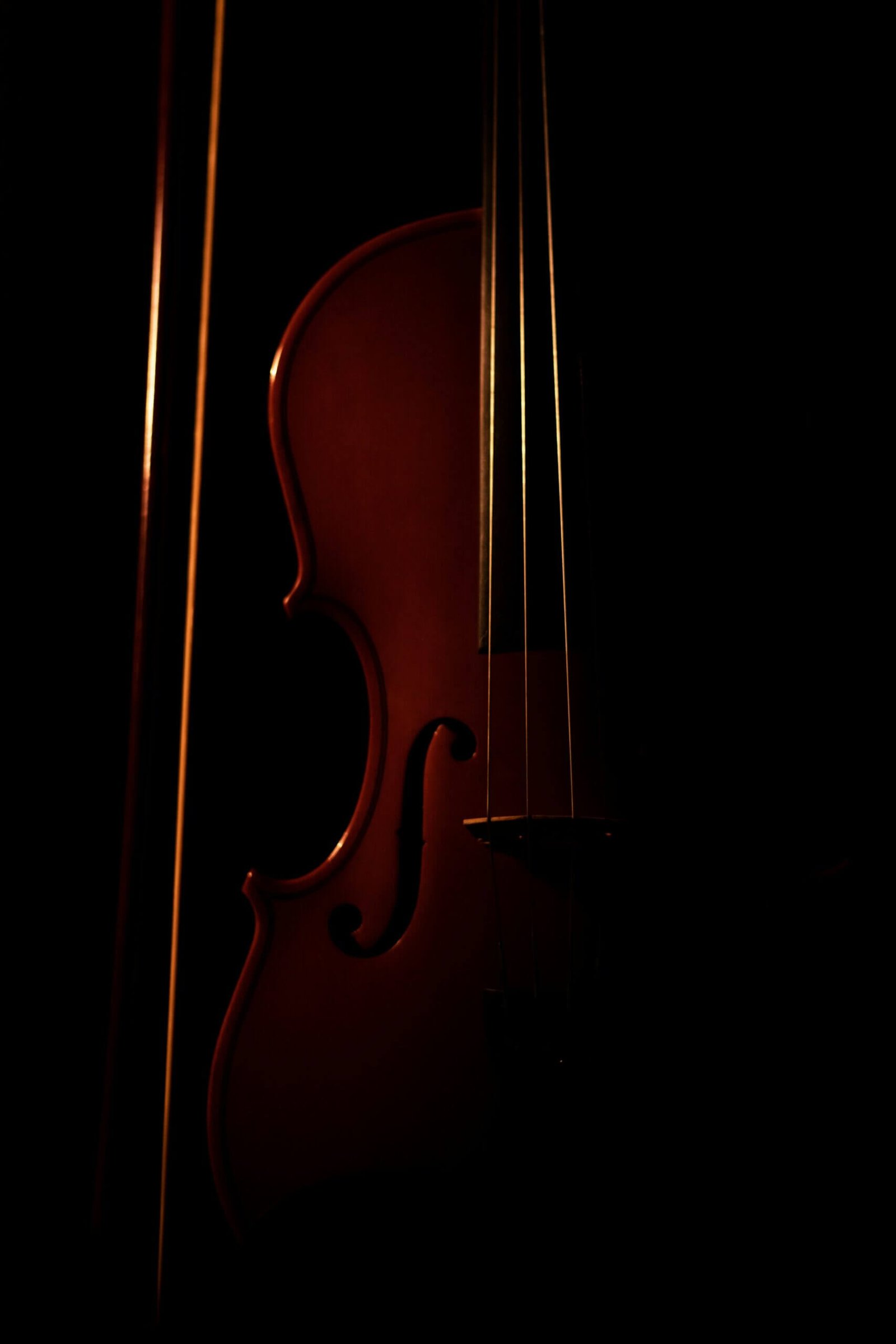When it comes to musical instruments, few can rival the timeless beauty and versatility of the violin. With its rich and expressive sound, the violin has captured the hearts of musicians and audiences alike for centuries. In this article, we will delve into the fascinating history of the violin, exploring its origins, development, and the potential path it may take in the future.
Origins of the Violin
The origins of the violin can be traced back to the early 16th century in Northern Italy. While stringed instruments had existed for centuries prior, it was during this time that the violin as we know it today began to take shape. Its design was influenced by instruments such as the rebec and the lira da braccio.
One of the key figures in the development of the violin was Andrea Amati, a renowned luthier from Cremona, Italy. Amati’s craftsmanship and innovations laid the foundation for the modern violin. His instruments were highly sought after, and many of his creations are still treasured today.
Development and Evolution of the Violin
Following Amati’s contributions, the violin continued to evolve throughout the 17th and 18th centuries. The craftsmanship and expertise of luthiers such as Antonio Stradivari and Giuseppe Guarneri del Gesù elevated the violin to new heights of perfection.
Stradivari, in particular, is renowned for his exceptional craftsmanship and attention to detail. His violins, often referred to as Stradivarius, are considered some of the finest ever made. The secret behind their exceptional sound quality remains a subject of fascination and speculation to this day.
During the Baroque and Classical periods, the violin played a central role in orchestral and chamber music. Composers such as Vivaldi, Bach, and Mozart composed masterpieces that showcased the instrument’s expressive capabilities. The violin’s popularity continued to grow, and it became a staple of both classical and folk music traditions.
The Future of the Violin
As we look to the future, it is intriguing to consider the potential evolution of the violin. While the instrument’s basic design has remained relatively unchanged for centuries, advancements in technology and materials could shape its future.
One area of exploration is the use of alternative materials. Traditionally, violins are crafted from wood, but experiments with carbon fiber and other composite materials have shown promising results. These materials offer increased durability and stability, while still maintaining the desired tonal qualities.
Another avenue for innovation is the incorporation of electronic components. Electric violins have been around for several decades, but advancements in electronics and sound processing could lead to even more possibilities. Imagine a violin that can produce a wide range of sounds and effects, pushing the boundaries of traditional violin playing.
Furthermore, the violin’s role in various musical genres continues to expand. From jazz to rock, the violin has found its place in a multitude of styles. As musicians continue to experiment and push boundaries, the violin’s versatility and adaptability will be further explored and showcased.
Conclusion
The history of the violin is a testament to the enduring power of this remarkable instrument. From its humble beginnings in 16th century Italy to its status as a symbol of musical excellence, the violin has captivated generations of musicians and listeners alike.
As we look ahead, the future of the violin holds exciting possibilities. Whether through advancements in materials, electronics, or its expanding role in different genres, the violin will continue to evolve, adapt, and inspire musicians for generations to come.

